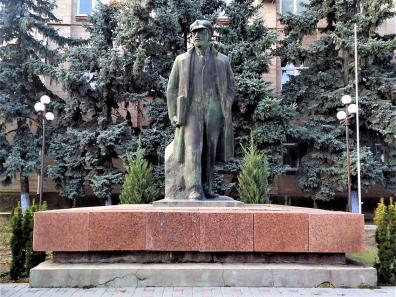Notebooks from Gagauzia
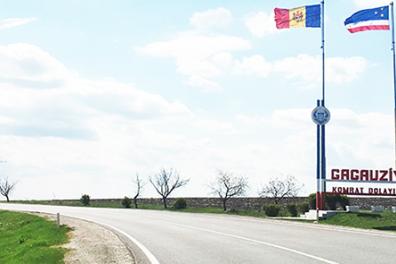
The Gagauz, from Asia to Bessarabia
According to legend, the Gagauz are the distant descendants of the Turkic-speaking Oghuz, a people of Central Asia who were Christianized on contact with the Russians and, after the fall of Constantinople, fled to settle in Dobroudja and found a kingdom named after their leader, Kay-Ka'us. The Gagauz route ended several centuries later, in southern Bessarabia, following the 1812 exchange of populations between Tsar Alexander I and Sultan Mahmud II.
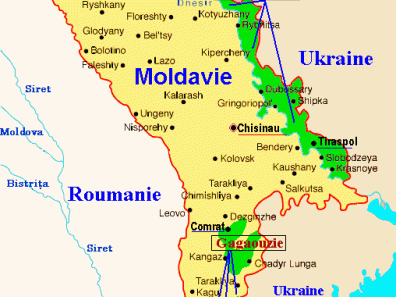
The population of Gagauz-Yeri (190,000 inhabitants) is primarily of Gagauz origin (around 78%), but also includes Moldovans, Russians, Ukrainians and Bulgarians in similar proportions (4-5%). This diversity, which might be feared to have a negative effect on Gagauz "national" cohesion, tends, on the contrary, to give way to a certain form of unanimism that Chisinau struggles to decipher.
This is characterized by a normative and cognitive system marked by the dual Ottoman and Soviet heritage, on the one hand, and a passion for difference, combined with a fear of Romanization, on the other. Gagauz society is thus conservative in many respects, and its socialist past continues to be tolerated through the classic odonyms and other places of memory that are sure to delight the melancholy visitor.
.

A delicate specificity
Majority Orthodox, the Gagauz usually speak Russian, not Gagauz, a language in decline that the local authorities are trying to revive. The latter enjoy prerogatives that go beyond simply defending the language, as the local legislative assembly (Halc Toplosu) and the powerful chief executive (Bashkan) have numerous powers in the fields of culture, education, justice and economic development.
This is precisely where the difficulty lies, for Gagauzia has an anthem (Tarafim/Ma Patrie) and a flag, but above all a special status, awarded or won, depending on who you talk to, following the troubles of the early 1990s, but which is the subject of delicate negotiations, as witnessed by the laborious adoption, last December, of three autonomy bills, after five years of negotiations.
The dialectic of center and periphery in Gagauzia thus reflects a particular history, ambition and sociology, specific to a small territory hemmed in between Romanian Moldavia to the west and Ukrainian Budzhak to the east. The more or less assumed interference of the European Union, Russia and Turkey has also had an effect on the trajectory of this confetti of land (1,831 km²).
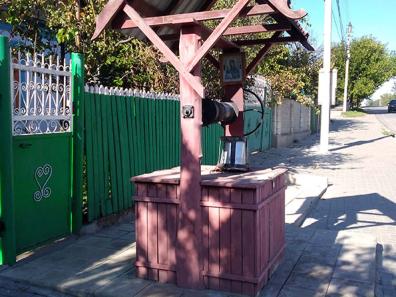
A fragmented and little-valued territory
Another peculiarity of Gagauzia lies in the fragmentation of its space. Contrary to the modern psyche, territorial discontinuity is one of the most fascinating features of Gagauzian geography, articulated around five districts, including Comrat, Ceadir Lunga and Vulcanesti, as well as thirty-one villages, sometimes linked by a single highway that serves as the backbone of the entire ecosystem.
This particularism undoubtedly weighs on the development of the province, which remains one of the poorest and least endowed in the country. Its economy remains predominantly rural (70%), despite efforts to diversify and the three free trade zones near the Ukrainian port of Reni and the Moldavian port of Giurgiulești. The local monthly wage is around 200 euros, compared with 300 euros nationwide.
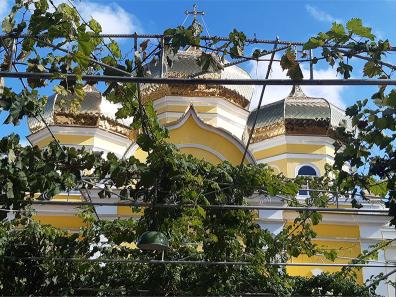
A Slavic Turkic language
It's impossible not to conclude our post without mentioning the Gagauz language. This is a Turkish language of the Altaic family, codified in the 19th century, transcribed using the Latin alphabet and strongly influenced by Balkan and Turkish dialects until the 19th century, before being influenced by Bulgarian, Russian and Romanian. Like its people, Gagauz is a disjointed synchretism, even if it remains fundamentally Turkic, despite the abandonment of certain phonetic and grammatical rules.
The language has borrowed many phraseologisms from Russian, as well as the order of words in the sentence. Morphologically, it has also been inspired by Bulgarian, with the use of the affix -(u)ka for the feminine gender (komşuyka "neighbor", komşu in Turkish), and the affix "-maa" for the infinitive (bakmaa "to look", bakmak in Turkish).
The main changes concern syntax and, to a lesser extent, phonology. Grammar has been simplified, some consonants have disappeared or moved ("ğ", "h"), and the binary vowel system has been replaced by a unary system (a, ä, e, i, o, ӧ, u, ü). In the same vein, the yod of initial vowels is no longer written (el "hand" [jel]) and some wet allophones have appeared in terminal position ("alıyer" ("takes") => alêr).
Gagauzia is at a crossroads, facing three major challenges: normalizing dialogue with Chisinau, assimilating its rich and complex heritage, and dispelling the fear of marginalization and the Romanian neighbor. Neglected by Europe, this region remains, for the time being, under the sway of Russian and Turkish interests.
Skander Ben Mami
Bibliographical references and webography
https://www.historia.ro/sectiune/general/articol/istoria-poporului-gagauz-turcii-crestini-din-basarabia
Demian, Angela. "The Republic of Moldova at the crossroads", Synthèse de la Fondation Robert Schuman, no. 33
Стратегия Регионального Развит ия Региона развит ия АТО Гагаузия 2017-2020 гг.., ATU Gagauzia Regional Development Agency, Ministry of Regional Development and Construction, 2017
https://bigenc.ru/linguistics/text/2338912
https://balkaninsight.com/2018/12/14/signs-romanian-language-taking-root-in-moldova-s-gagauzia-12-10-2018/
https://www.cairn.info/revue-syntaxe-et-semantique-2010-1-page-153.htm
https://www.dw.com/ru/почему-гагаузы-в-молдавии-предпочитают-русский-язык/a-19395596
